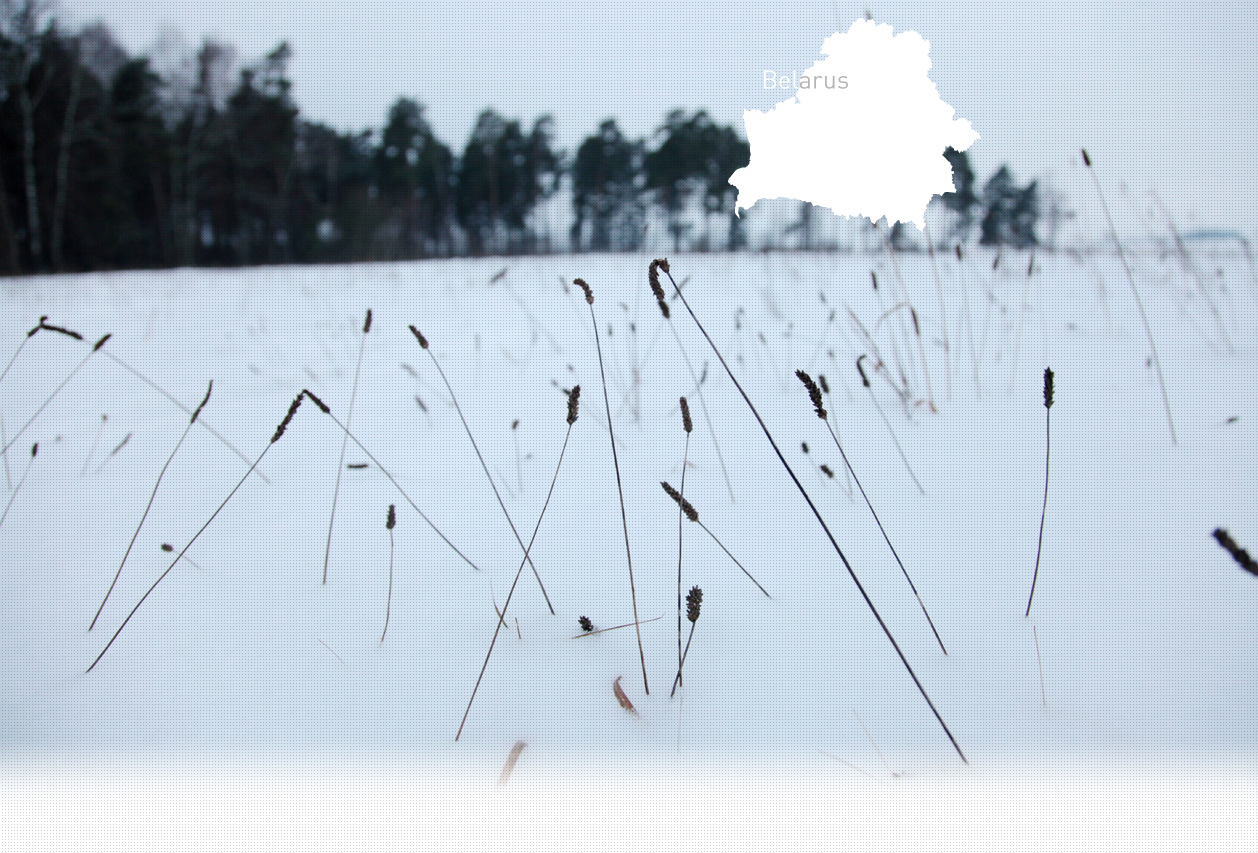

1 Killing site(s)
Zhanna S., born in 1931: “All the Jews were gathered together, there were even Jews from Hamburg. They were forbidden to leave the area and we couldn’t to go there either. The whole area was surrounded with a wooden fence with the inscription “Ghetto”. The Jews from Hamburg were most probably confined there at night because nobody saw them being taken there.” (Witness n°953, interviewed in Dukora on August 11, 2017)
“On October 8, 1941, a German punitive detachment of about 150 men arrived by truck from Minsk to Dukora. On the same day, at around 12 o’clock, they rounded up all the Jews of Dukora and nearby villages in Bolotianaya Street. In all, they gathered 394 men, women, and children. Then they took them to the Borovich-Perevelia meadow, ordered them to dig a pit, shot them and piled up their bodies in the same pit. [...]
Moreover, in Dukora in the summer of 1942, a German shot the innocent Maria Kadrach with a machine gun in the middle of the street. In the summer of 1943, the Germans killed Vladimir Mazovich on the road to the mill in Dukora. They used him as a target for shooting practice. During the German occupation of the town, approximately 1,000 civilians were shot. The shootings were mainly carried out by a German punitive detachment which was established in the Dukora sovkhoz. [...]” [Testimony of Sofia K., born in 1928, recorded by the State extraordinary commission (ChGK) on October 10, 1944; RG 22.002M: 7021-87-13]
Dukora is an agricultural town located on the river Svisloch 30km south-east of Minsk. In the 16-18th centuries it was under the control of the Polish–Lithuanian Commonwealth and in 1793 it became a part of the Russian empire. The first records regarding a local Jewish community date back to the early 18th century. According to the census of 1897, 604 Jews lived in Dukora, comprising 44,5% of total population. In 1902, Nisson Telushkin became the 21st rabbi of Dukora. In 1912, a Jewish saving and loan company was created, and a Cheder was later established in the town. During the collectivization period, several Jewish families established a kolkhoz in Dukora, and a Yiddish elementary school was opened around the same time. In 1923, 501 Jews lived in the town, they were engaged in small-scale trade, handicrafts or worked in kolkhoz. Dukora was occupied by German troops at the end of June, 1941.
Soon after the occupation, all Jews were confined in a ghetto, surrounded with a wooden fence. The Jews were not allowed to leave it, nor were the non-Jewish residents allowed to enter it. According to one of the witnesses interviewed by the Yahad team, some Jews from Hamburg were taken to Dukora and confined in the ghetto with the others. The execution took place in early October 1941. 394 Jews were taken from the ghetto to the outskirts of the town and shot. The execution was conducted by a German reserve police battalion with the participation of Lithuanians and local police. According to historical sources, another part of Dukora’s Jewish population was also shot in Uzliany.
Do you have additional information regarding a village that you would like to share with Yahad ?
Please contact us at contact@yahadinunum.org
or by calling Yahad – In Unum at +33 (0) 1 53 20 13 17